What is a corrugated box making machine?
Struggling with damaged goods during shipping? Weak packaging costs businesses time and money. Corrugated box making machines create the strong, reliable boxes needed to protect products effectively.
A corrugated box making machine is specialized industrial equipment designed to transform flat sheets of corrugated paperboard into finished boxes through processes like cutting, creasing, folding, printing, and joining.
Corrugated boxes are everywhere, especially in shipping and logistics. They are truly essential. But the world of packaging is vast, and different products have different needs. Let's delve deeper into these machines, and perhaps touch upon other solutions for specific packaging challenges I encounter in my work at Kylin Machine.
What is a corrugated box machine?
Heard different terms like 'box maker' or 'case maker'? It can get confusing trying to understand the exact terminology. Let's clarify what people usually mean by a corrugated box machine.
Essentially, a 'corrugated box machine' is the same thing as a 'corrugated box making machine'. It refers to the automated machinery line that converts corrugated board into ready-to-use boxes.
!
When we talk about a corrugated box machine, we're usually referring to the entire system or specific parts of it that handle the conversion process after the corrugated board itself has been made. The process typically starts with large sheets or rolls of corrugated board. Key machinery involved includes:
Key Components and Processes:
- Feeder: This section loads the flat corrugated sheets into the machine line.
- Printer Units: Often using flexography (flexo), these units print logos, text, and graphics onto the board. This is crucial for branding and information.
- Slotter/Creaser: This section cuts slots (which allow the box to fold) and creates creases (score lines) where the box will be folded. Precision here is key for a well-formed box.
- Die-Cutter (Optional): For boxes with complex shapes, handles, or windows, a rotary or flatbed die-cutter might be used to cut the board accurately.
- Folder-Gluer/Stitcher: The printed, slotted, and creased board is folded along the score lines. Then, flaps are joined together using glue (most common) or sometimes metal stitches to form the final box structure.
- Stacker/Ejector: Finished boxes are stacked and ejected, ready for bundling and shipping to the end-user.
It's important to note, from my perspective at Kylin Machine, that these large-scale industrial machines are quite different from the machinery used to create high-end rigid boxes, like those for electronics or luxury gifts. Rigid box making involves different materials and techniques focused on premium presentation, which is our specialty.What is corrugated box manufacturing?
Ever wondered how those ubiquitous brown shipping boxes actually come into existence? The manufacturing process seems complex from the outside looking in. We can break down the essential steps involved.
Corrugated box manufacturing is the complete industrial process of taking raw paper materials (linerboard and medium) and converting them into finished, functional corrugated boxes through forming, printing, cutting, folding, and joining.
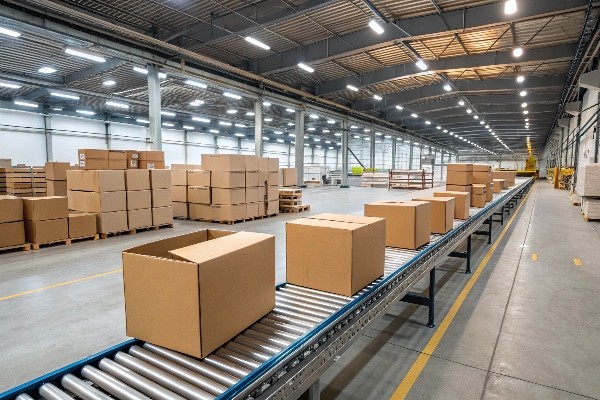
The journey from paper roll to finished box involves several key stages. I think understanding this flow helps appreciate the engineering behind even simple packaging:Manufacturing Stages:
- Making the Corrugated Board: This happens on a massive machine called a corrugator.
- Rolls of paper (linerboard for the flat outer layers, medium for the wavy inner layer) are fed into the machine.
- The medium paper is heated, steamed, and passed through corrugated rollers to create the flutes (the wavy pattern).
- Glue is applied to the tips of the flutes.
- The fluted medium is then bonded to the linerboard sheets under heat and pressure. This can create single-wall (one flute layer), double-wall, or even triple-wall board for extra strength.
- The continuous sheet of board is cut into large blanks.
- Converting the Board into Boxes: These flat blanks then go to converting machines (like the 'corrugated box machine' discussed earlier).
- Printing: Logos, handling instructions, barcodes, etc., are printed, usually via flexography.
- Cutting & Creasing: The blanks are cut to the final box shape, including slots and tabs. Creases are made for accurate folding. Die-cutting is used for non-standard shapes.
- Folding & Joining: The blanks are folded along the creases, and the manufacturer's joint (where the box sides meet) is glued or stitched.
- Bundling: Finished boxes are stacked, counted, and bundled for shipment to customers who will use them for packaging their products.
This process is highly automated and geared towards high volume and structural integrity for shipping. It contrasts sharply with the methods used for rigid boxes, which often involve more precise wrapping and forming techniques to achieve a premium finish, like the jewelry boxes our Kylin machines help produce.What is the purpose of a corrugated box?
With so many packaging options available today, why is corrugated cardboard so incredibly common? What specific job does it do better than other materials? Let's look at the main purpose it serves.
The primary purpose of a corrugated box is to safely contain, protect, and transport goods from manufacturer to consumer. Its unique structure provides cushioning against impacts and strength for stacking.
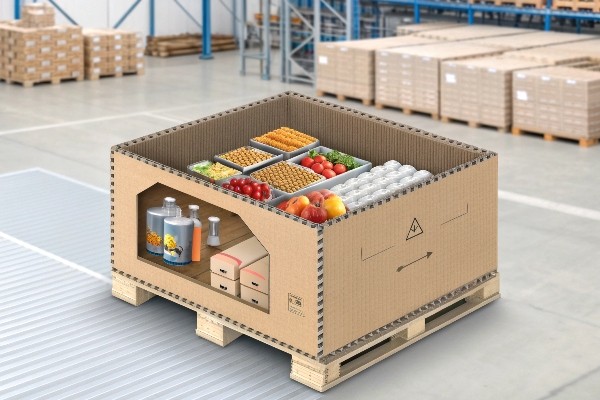
While protection during transit is key, corrugated boxes serve several important functions in the supply chain. In my experience working with various packaging needs, these are the main advantages I see:Key Purposes and Benefits:
| Feature | Benefit |
|---|---|
| Protection | The fluted layer acts like a cushion, absorbing shocks and vibrations during handling and shipping. |
| Stacking Strength | The structure provides rigidity, allowing boxes to be stacked high in warehouses and trucks without crushing. |
| Containment | Keeps products together, preventing loss and making handling easier. |
| Cost-Effectiveness | Relatively inexpensive material and high-speed manufacturing make it an economical choice. |
| Printability | Offers a good surface for printing branding, product information, and handling instructions. |
| Lightweight | Reduces overall shipping weight compared to more rigid materials like wood or plastic, saving fuel costs. |
| Recyclability | Widely recyclable, making it a more sustainable packaging option compared to many plastics. |
However, while corrugated excels at logistics and protection, its appearance might not be suitable for all products. For luxury items, cosmetics, electronics, or gifts where the 'unboxing experience' matters significantly, the purpose shifts. In those cases, a rigid box often serves the purpose of conveying premium quality and enhancing brand perception far better – a different kind of 'protection' focusing on image and value.
What is considered a corrugated box?
People often use the term "cardboard box" loosely. But technically, not all cardboard is corrugated. So, what exactly defines a box as 'corrugated'? Let's clarify the specific structure.
A corrugated box is specifically made from corrugated paperboard. This engineered material features a wavy, fluted paper layer glued between one or two flat linerboards, creating a strong, lightweight structure.
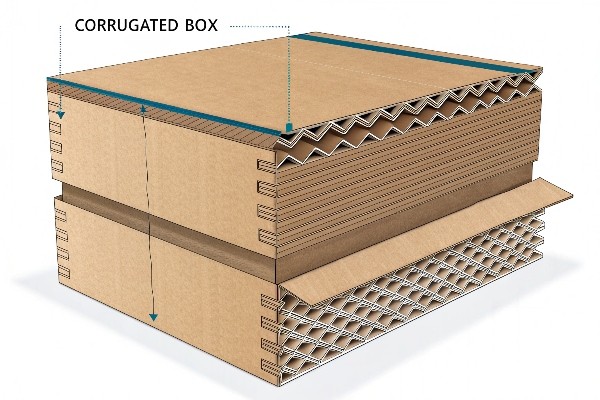
Understanding the structure is key to recognizing a corrugated box and appreciating why it's so effective for shipping. I always emphasize this distinction when discussing packaging materials:
Defining Characteristics:
- Linerboard: These are the flat outer layers of paper that provide the smooth surface for printing and resist tearing. There can be one liner (single-face board) or two (single-wall board).
- Medium (Fluting): This is the wavy layer of paper sandwiched between the linerboards. The arches formed by the flutes create air pockets that provide cushioning and rigidity. The shape and size of these flutes impact the box's properties.
- Flute Profiles: Different flute sizes (like A, B, C, E, F) offer varying levels of cushioning, stacking strength, and print surface quality. C-flute is very common for shipping boxes, while E and F flutes are finer and used for primary packaging or displays.
- Adhesive: Glue holds the linerboard(s) and the fluted medium together. Starch-based adhesives are common.
- Construction: This basic structure can be layered to create stronger boards:
- Single Wall: One layer of fluting between two linerboards (most common).
- Double Wall: Two layers of fluting and three linerboards.
- Triple Wall: Three layers of fluting and four linerboards (for very heavy-duty applications).
This layered, fluted construction is fundamentally different from solid paperboard or chipboard, which are dense, single layers of compressed paper fibers. It's this solid board that is used to make rigid boxes (also known as setup boxes). At Kylin Machine (www.kylinmachines.com), we focus on machines like our Auto Rigid Box Machinery1 and Box Forming Machines2 that expertly handle this solid board, precisely cutting, gluing, and wrapping it to create high-end packaging for products like smartphones, cosmetics, and especially jewelry boxes3 where a premium look and feel are paramount. The technology and precision required are quite distinct from corrugated box manufacturing.Conclusion
Corrugated box making machines are vital for producing the workhorse of the shipping world. Understanding their function, the manufacturing process, and the box's purpose helps businesses make informed packaging choices. However, for premium presentation, other solutions like rigid boxes, crafted by specialized machinery like ours at Kylin Machine, are often required.
-
Kylin Machine. Auto Rigid Box Machinery Accessed via local file reference: Content referenced: Mentions Kylin's focus on rigid box machines. ↩
-
Kylin Machine Quotation. Accessed via local file reference: Content referenced: Details of KY-550C Box Forming Machine for rigid boxes (Gift boxes, Shoe Box, etc.). ↩
-
Kylin Machine. "Auto rigid box machine Ky-420B." Accessed via local file reference: Content referenced: Description of machine making rigid boxes (phone box, tea box, jewelry box, etc.). ↩


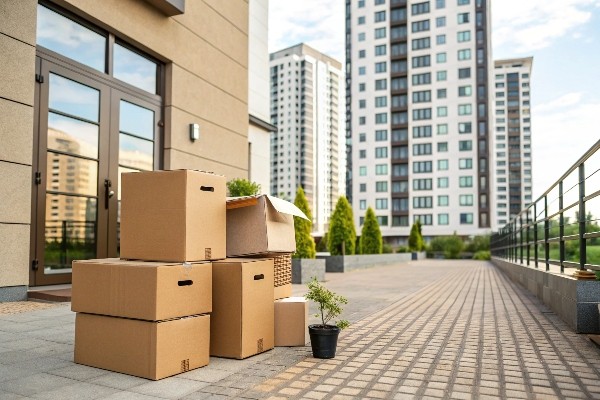
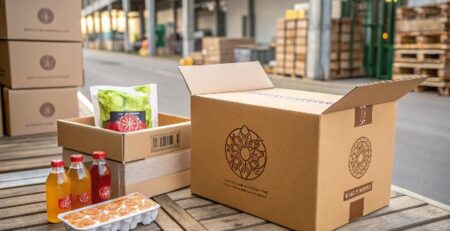

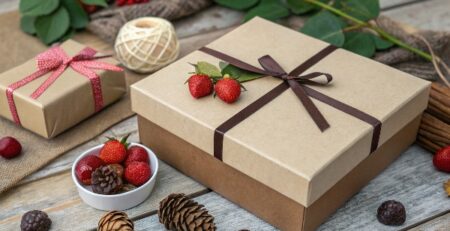
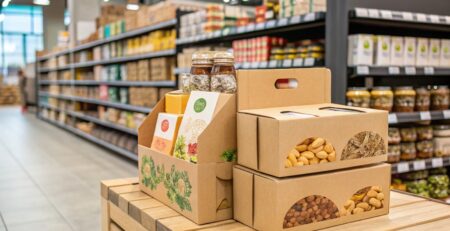
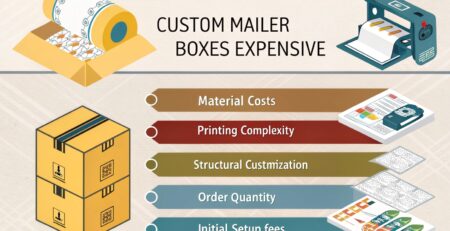
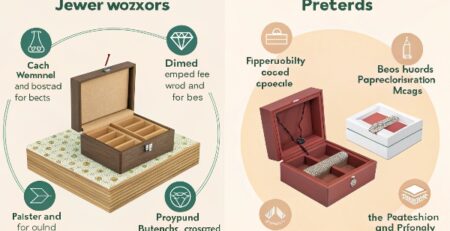
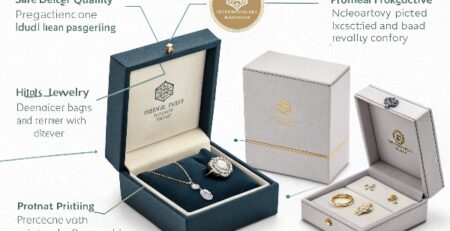
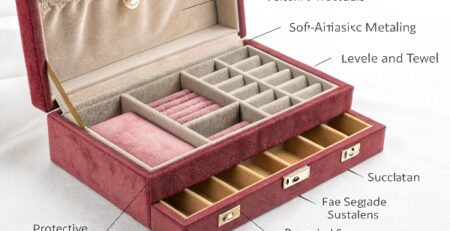
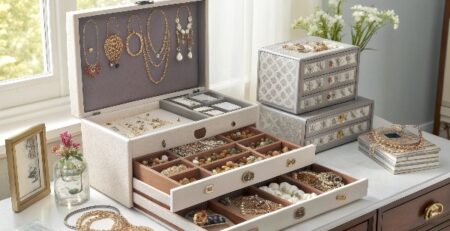
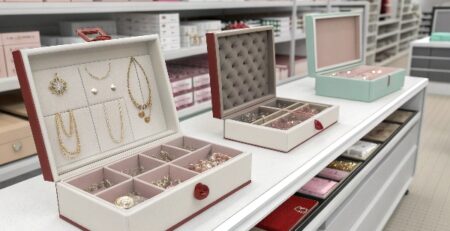
发表回复